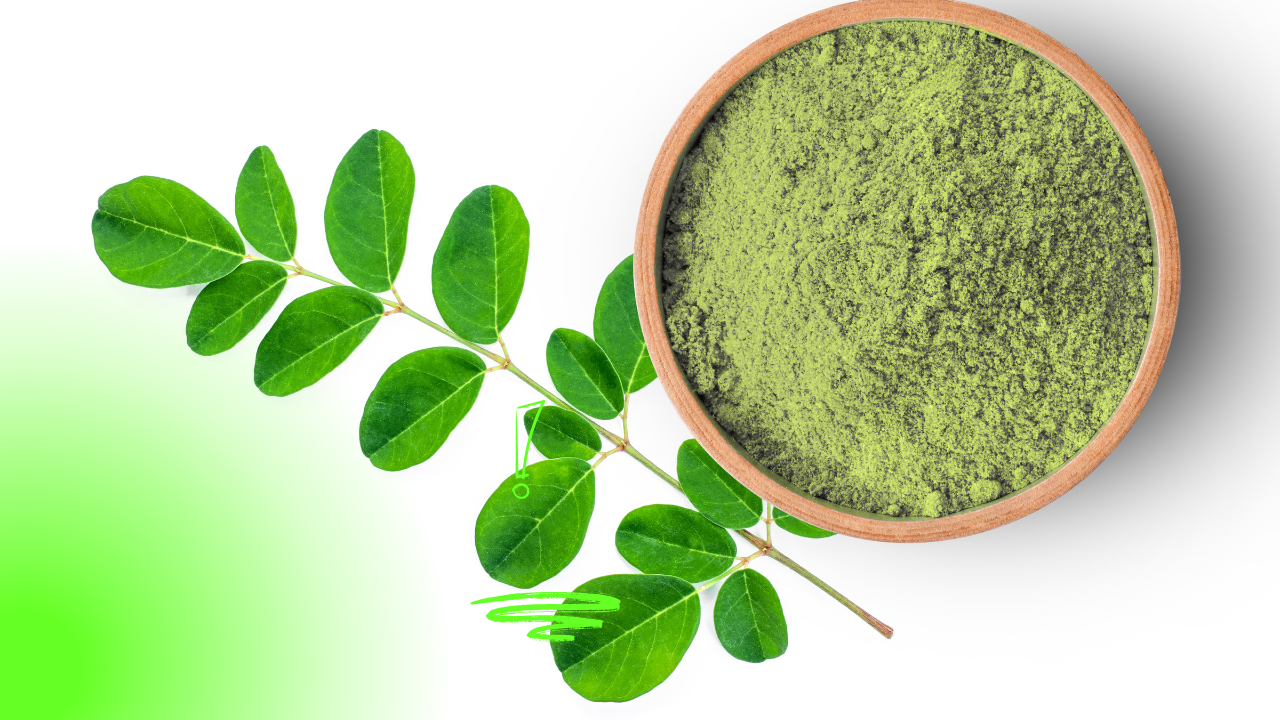Melasma, a common skin condition, results in dark, patchy skin often on the face. This pigmentation disorder, although harmless, can affect a person’s confidence and overall appearance. The good news is that there are various methods available to reduce melasma and restore a smooth, even complexion. With the right treatments and preventive measures, you can tackle this issue effectively and regain a clearer, brighter skin tone.
In this blog, we will explore effective strategies for reducing melasma, including both professional treatments and at-home solutions, to help you achieve the complexion you desire.
Understanding Melasma: What Causes It?
Melasma in Islamabad appears as dark, irregular patches of skin, typically on the cheeks, forehead, nose, and chin. The primary cause of melasma is the overproduction of melanin, the pigment responsible for skin color. Several factors contribute to this overproduction:
- Sun Exposure: Ultraviolet (UV) rays from the sun trigger the melanocytes (pigment-producing cells) to work overtime, leading to dark spots.
- Hormonal Changes: Hormonal fluctuations, such as those experienced during pregnancy (often called the “mask of pregnancy”), or from birth control pills or hormone replacement therapy, can cause melasma.
- Genetics: If melasma runs in your family, you may be more prone to developing it.
- Certain Medications and Cosmetics: Some medications and skin care products can increase the sensitivity of your skin, making it more susceptible to melasma.
Top Treatments to Reduce Melasma:
While melasma can be persistent, there are several treatments that can help reduce its appearance. Below are the most effective methods for tackling melasma and achieving a smoother, more even complexion.
1. Topical Treatments:
The first line of defense against melasma typically includes topical treatments. These include:
- Hydroquinone: This skin-lightening agent reduces melanin production, helping to lighten dark spots. Hydroquinone is commonly used in creams or lotions and can be obtained both over-the-counter and through a prescription.
- Retinoids: Retinoids like tretinoin stimulate cell turnover, which can help reduce melasma over time. These compounds also enhance skin texture and tone.
- Vitamin C: As an antioxidant, Vitamin C helps brighten the skin and protect it from further damage. Regular use of Vitamin C serums can lighten melasma spots and provide overall skin rejuvenation.
- Azelaic Acid: Known for its gentle action, azelaic acid helps reduce pigmentation while also providing anti-inflammatory benefits for the skin. It’s an excellent option for sensitive skin types.
2. Chemical Peels:
Chemical peels are another excellent method for treating melasma. These treatments work by exfoliating the outer layers of the skin, encouraging new skin cells to form and helping to lighten pigmentation. Common types of chemical peels used to treat melasma include:
- Glycolic Acid Peels: Glycolic acid is an alpha hydroxy acid (AHA) that exfoliates the skin and can effectively reduce dark spots caused by melasma.
- Salicylic Acid Peels: Salicylic acid is a beta hydroxy acid (BHA) that penetrates deep into the skin and works well for those with oily skin or acne, in addition to melasma.
Chemical peels can significantly improve skin tone and texture when done regularly. It is important to consult with a dermatologist to determine the most appropriate peel for your skin type.
3. Laser Treatments:
For more severe cases of melasma, laser treatments offer a more targeted solution. Some popular laser options for melasma treatment include:
- Fractional CO2 Lasers: These lasers work by creating tiny controlled injuries in the skin, encouraging collagen production and breaking up the pigment that causes melasma. This can provide significant improvement in skin tone.
- Intense Pulsed Light (IPL): IPL treatments use light energy to target and break up dark spots. It can be a great option for people with melasma who are also concerned about general skin tone and texture.
Laser treatments typically require several sessions and can be quite effective in reducing melasma pigmentation when used correctly.
4. Microneedling with PRP:
Microneedling involves tiny needles that create micro-injuries in the skin, stimulating collagen production and encouraging skin renewal. When combined with Platelet-Rich Plasma (PRP), the results can be even more effective. PRP uses the healing properties of your own blood to accelerate skin regeneration and improve pigmentation issues such as melasma.
Prevention: Keeping Melasma at Bay:
Prevention is just as important as treatment when it comes to melasma. Taking steps to avoid sun exposure and protecting your skin from further irritation can help keep melasma under control:
- Daily Sunscreen: Sun protection is essential in preventing melasma from worsening. Use a broad-spectrum sunscreen with at least SPF 30 daily, and reapply every two hours when outdoors.
- Wear Protective Clothing: Wearing hats, sunglasses, and seeking shade can minimize direct sun exposure, reducing your risk of developing melasma.
- Avoid Hormonal Triggers: If you notice melasma worsening with hormonal treatments, such as birth control, consider discussing alternatives with your doctor.
- Gentle Skincare: Use gentle, hydrating skincare products to avoid irritating your skin. Harsh exfoliants or strong products may trigger melasma flare-ups.
When to Seek Professional Help:
If over-the-counter treatments and lifestyle changes do not provide the desired results, it’s time to consult a dermatologist. A skin care professional can assess your condition and recommend the best treatments tailored to your skin type and the severity of your melasma. They can help you choose between topical solutions, chemical peels, laser treatments, or other methods for effective melasma reduction.
Conclusion:
Melasma is a treatable condition, and with the right care, you can significantly reduce its appearance. From topical treatments to professional procedures like chemical peels and laser treatments, a range of effective options can help you achieve a smoother, more even complexion. By combining these treatments with diligent sun protection and gentle skincare habits, you can minimize melasma flare-ups and maintain a radiant, youthful skin tone.
For more information visit Dynamic Clinic PK.




